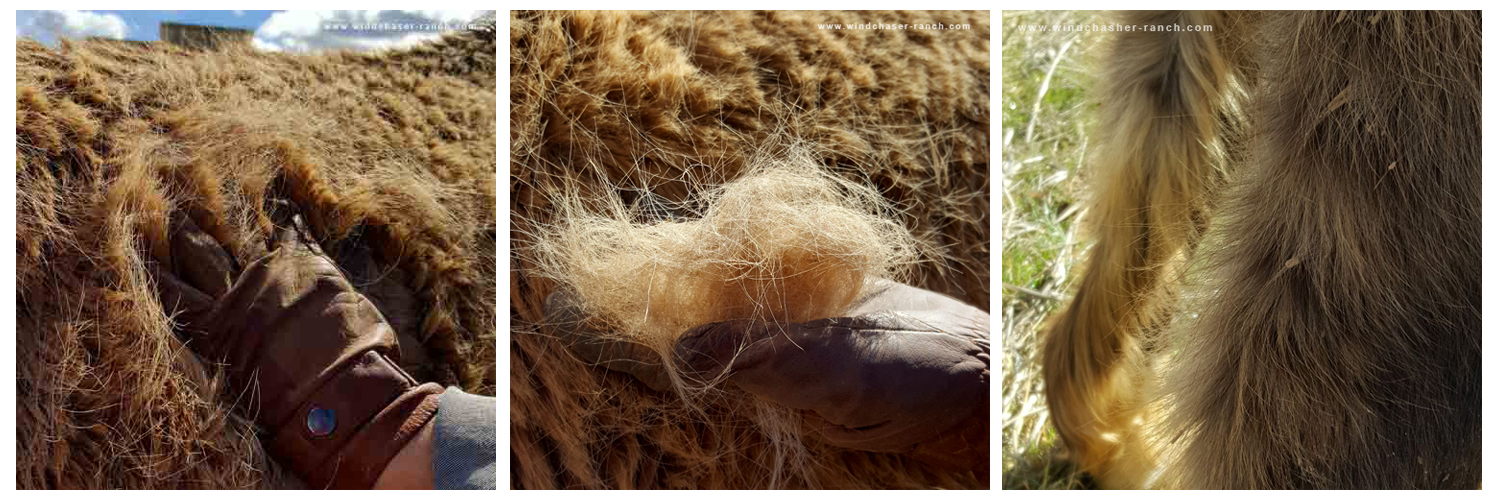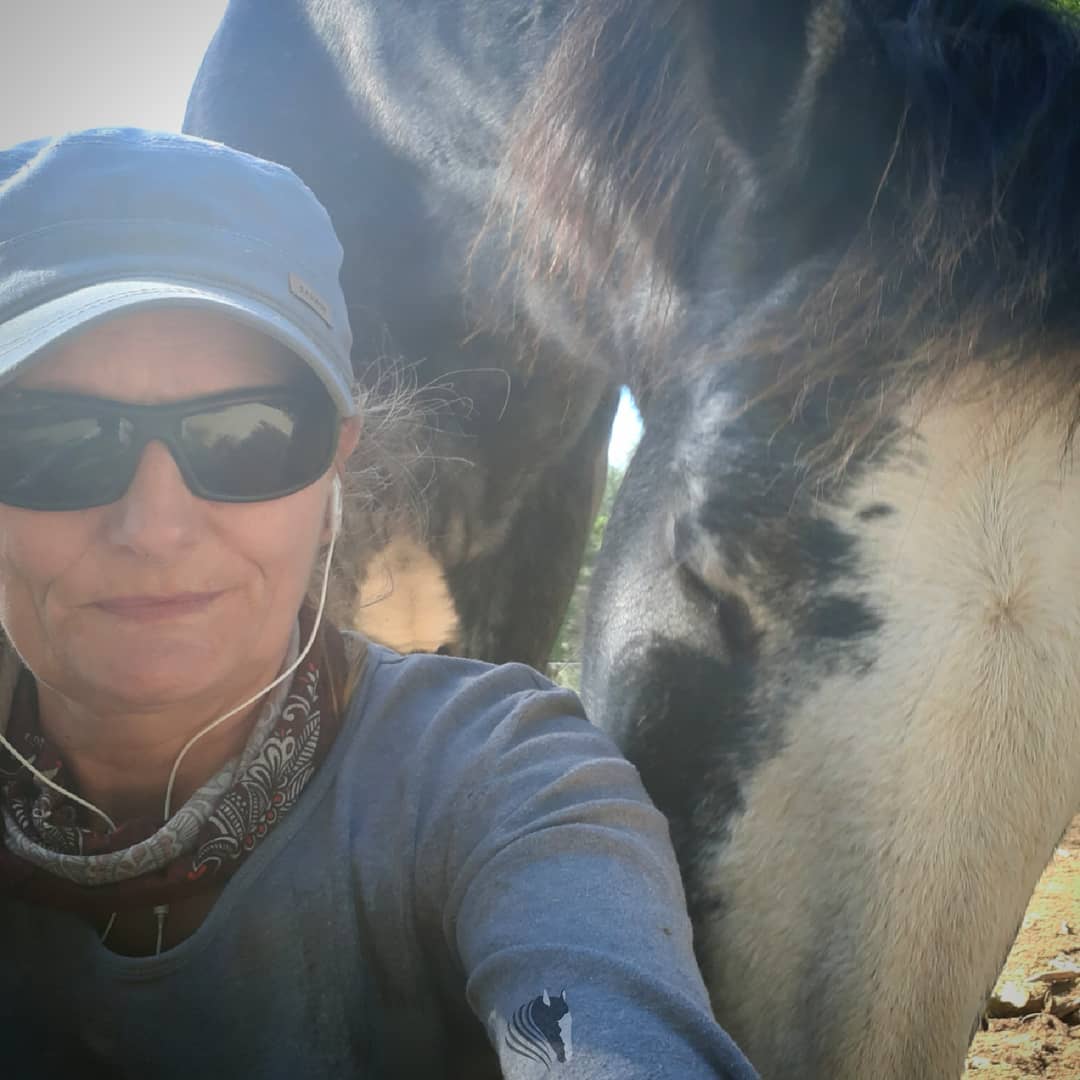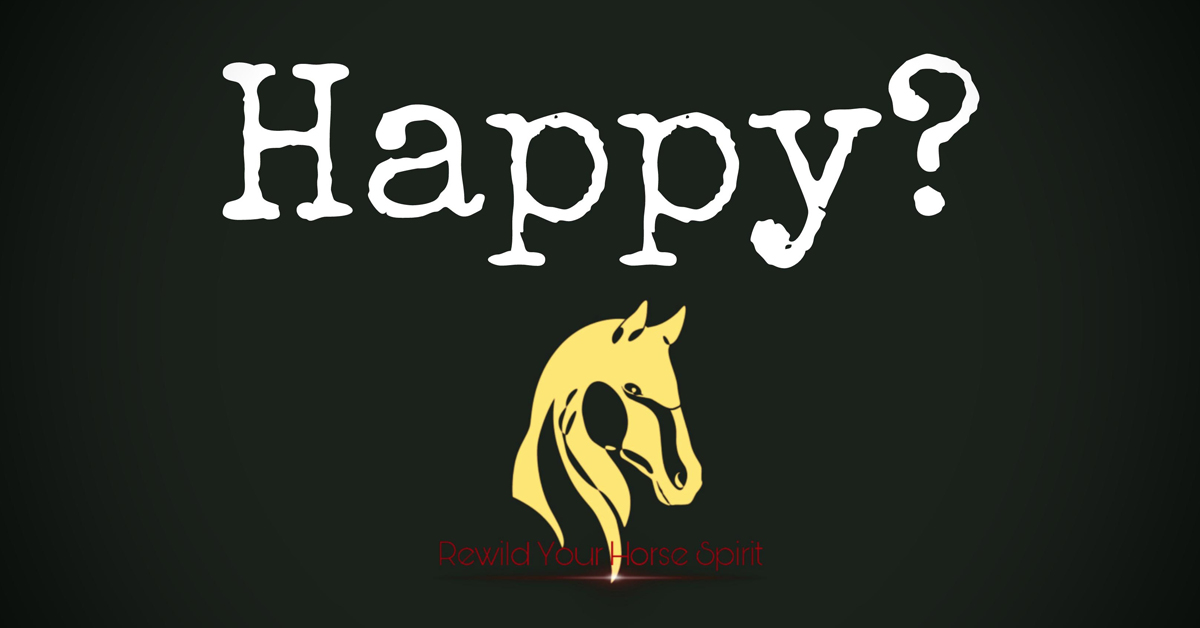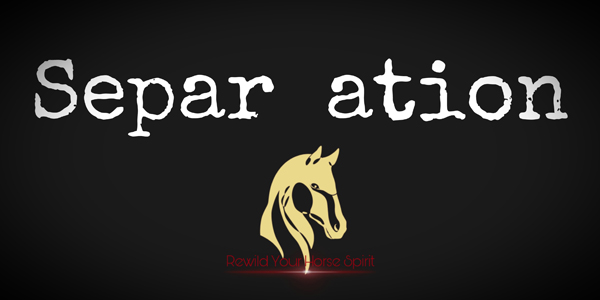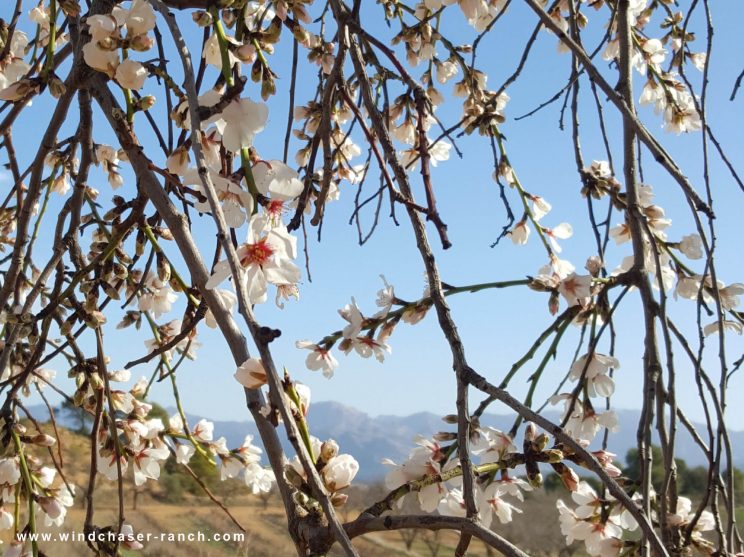 Spring is in the air. How do I know this? Well there is Almond blossom clouds rolling down the valley. The days are slowly getting longer and I have put my thermals away. However, the piles of horse hair I’m covered in is the most obvious sign. Yeah, it’s shedding time.
Spring is in the air. How do I know this? Well there is Almond blossom clouds rolling down the valley. The days are slowly getting longer and I have put my thermals away. However, the piles of horse hair I’m covered in is the most obvious sign. Yeah, it’s shedding time.
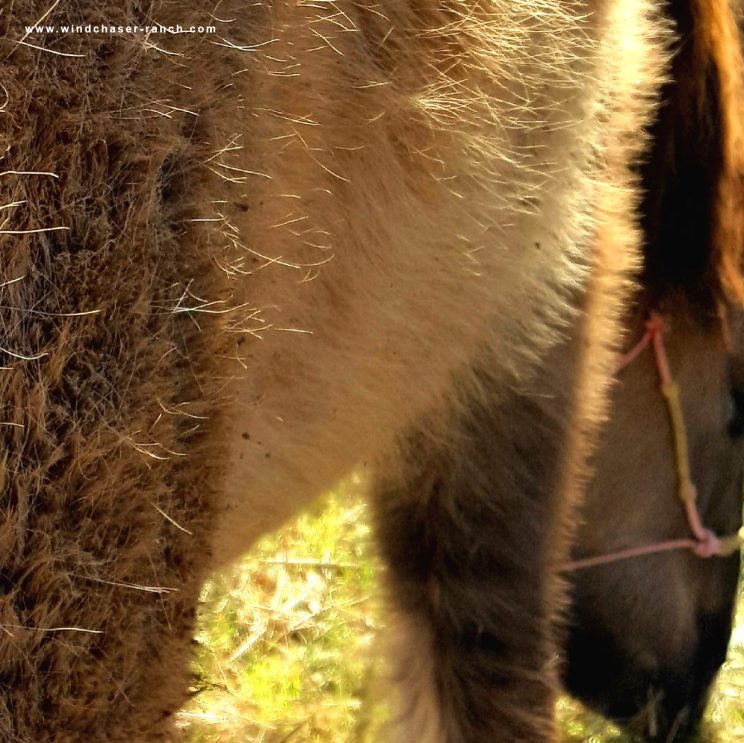
The mustangs are experts at growing a good winter coat. With the increase of day light hours, they have begun to loose more of it on a daily bases. As we still have the odd cold night, I’ll not force the shedding process, but will lightly brush and remove any mud balls that may have accumulated which might cause discomfort. Also take the opportunity to give them a good scratch.
This is my first winter with Chinook and she has outdone all the others. Her winter coat was epic. With a deep thick cover and long hairs on her flanks and legs, she now has begun to shed with a vengeance! It is so immense I am considering buying a spinning wheel. The simple act of running a gloved hand over her creates these balls of hair that bounce off down the terraces like tumbleweed.
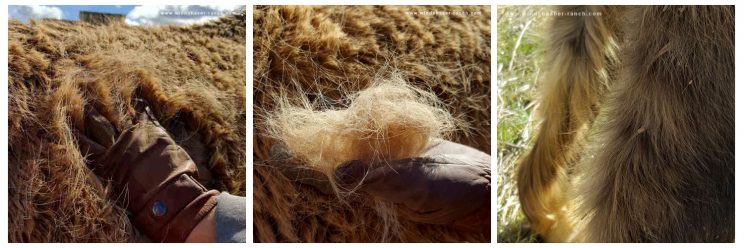
 Shedding is not triggered by temperature as most people think, but a physiological process initiated by light *. Usually starting in late December, but probably not something you notice until the days get considerably longer. The increase of light is detected by the eye and messages are sent to the pineal gland which controls the production of melatonin**. This kick starts the winter coat to loosen and begin to fall. The opposite will happen in the autumn, days shorten, hair grows.
Shedding is not triggered by temperature as most people think, but a physiological process initiated by light *. Usually starting in late December, but probably not something you notice until the days get considerably longer. The increase of light is detected by the eye and messages are sent to the pineal gland which controls the production of melatonin**. This kick starts the winter coat to loosen and begin to fall. The opposite will happen in the autumn, days shorten, hair grows.
 Horses are creatures of habit and shedding is no exception. Each one shedding in a different way but usually the same way each time. I like to take note of any changes season to season, as it could mean a shift in health. It is also a process that can take a lot of energy especially if they have a thick coat to get rid of. I will be monitoring Chinook and adjust her feed if necessary to compensate for the extra effort and stress her body is experiencing during this time.
Horses are creatures of habit and shedding is no exception. Each one shedding in a different way but usually the same way each time. I like to take note of any changes season to season, as it could mean a shift in health. It is also a process that can take a lot of energy especially if they have a thick coat to get rid of. I will be monitoring Chinook and adjust her feed if necessary to compensate for the extra effort and stress her body is experiencing during this time.
Right now she is a happy woolly mammoth, enjoying those extra hours of daylight as we all are.
The Science.
*photoperiods: the period of time each day during which an organism receives illumination; day length.
**Melatonin: a hormone produced during the night triggering hair to grow or shed depending the season. The longer days means less production which in turn results in shedding. Shorter days, (longer nights) means more production stimulating winter coat growth.
p.s. Don’t throw it away, leave some for the birds it makes great nest building material..

